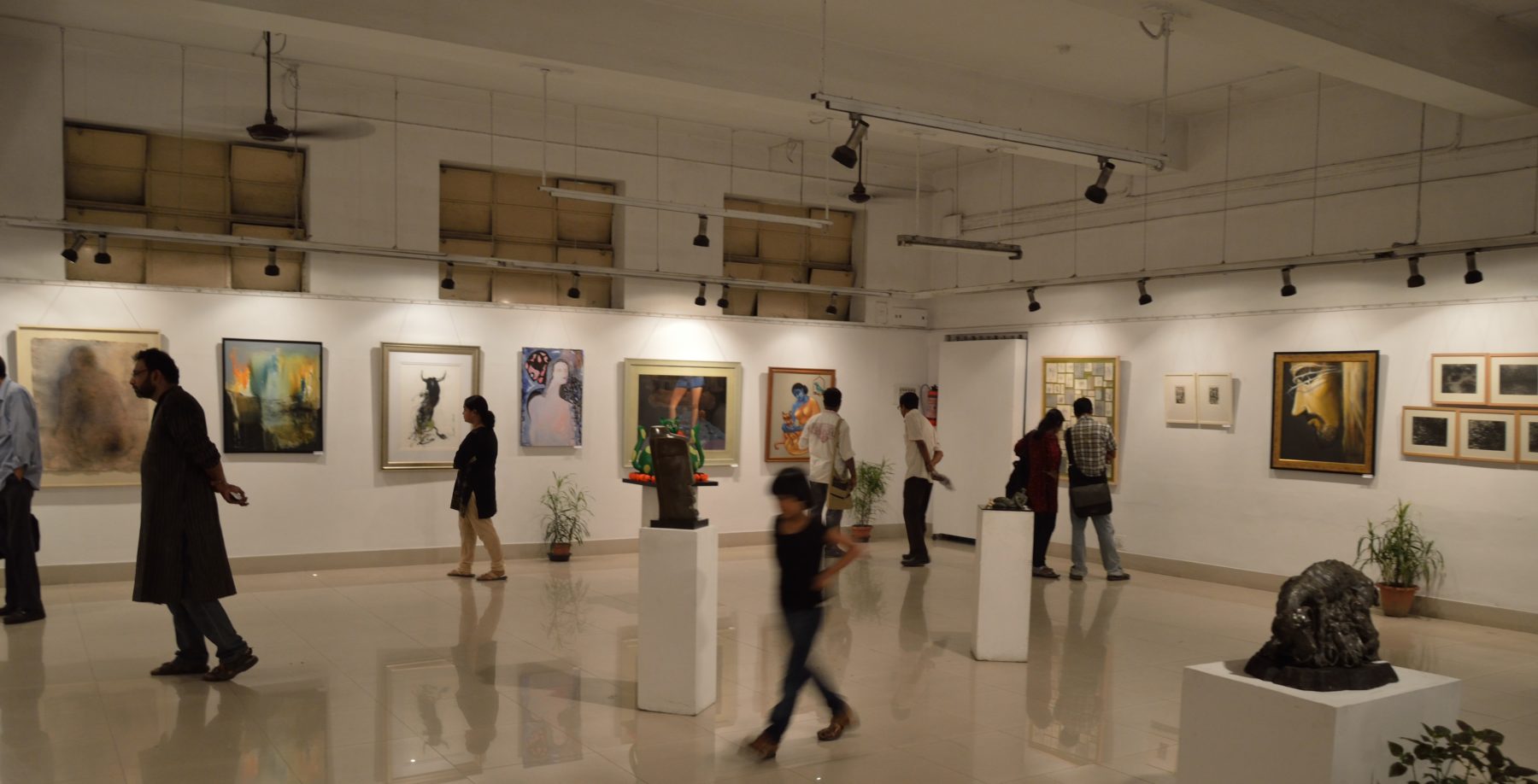1. Mark J. Stern and Susan C. Seifert. Culture and Social Wellbeing in New York City. “The Social Wellbeing of New York City’s Neighborhoods: The Contribution of Culture and the Arts.” 2017. New York (NY).
This report presents the conceptual framework, data and methodology, and findings of a two-year study of culture and social wellbeing in New York City by SIAP with Reinvestment Fund. Building on their work in Philadelphia, the team gathered data from City agencies, borough arts councils, and cultural practitioners to develop a 10-dimension social wellbeing framework—which included construction of a cultural asset index—for every neighborhood in the five boroughs. The research was undertaken between 2014 and 2016.
2. Nick Wilson, Jonathan Gross, and Anna Bull. King’s College London. “Towards cultural democracy: Promoting cultural capabilities for everyone.” 2017. London (UK).
The final report of King’s fourth Cultural Enquiry. On the basis of a 15-month research project, it presents a timely and distinctive vision of how to build a cultural life for the UK that is valuable for everyone, and made by all.
3. Vassilka Shishkova. IETM. “Look, I’m Priceless! Handbook on how to assess your artistic organisation.” 2017. Brussels (BE).
This toolkit aims to guide you through the key steps of evaluation, whether you have chosen to do it yourself or if a funder or decision-maker asks you to do so and provides you with pre-conceived tools.
4. Michael Etzel and Hilary Pennington. Stanford Social Innovation Review. “Time to Reboot Grantmaking. 2017. United States.
Social sector organizations need a “healthy diet” of funding to achieve maximum impact, a concept neatly captured by the Grantmaking Pyramid now used by the Ford Foundation. Bridgespan developed, and then refined with the Ford Foundation, a simple Grantmaking Pyramid that reframes how funders and their grantees should think about building successful, resilient organizations.
5. Gay Hanna, Judy Rollins, and Lorie Lewis. Grantmakers in the Arts. “Arts in Medicine Literature Review.” 2017. United States.
A growing body of research is bringing attention to how the arts — including literature, performing and visual arts, as well as architecture and design — can greatly enhance the healthcare experience. Arts in medicine contributes to improved healthcare outcomes, better patient and staff satisfaction, and lower healthcare costs. Established as a field in the 1990s, arts in medicine programming in clinical settings usually developed as part of university healthcare systems in partnership with community based artists and arts organizations.
